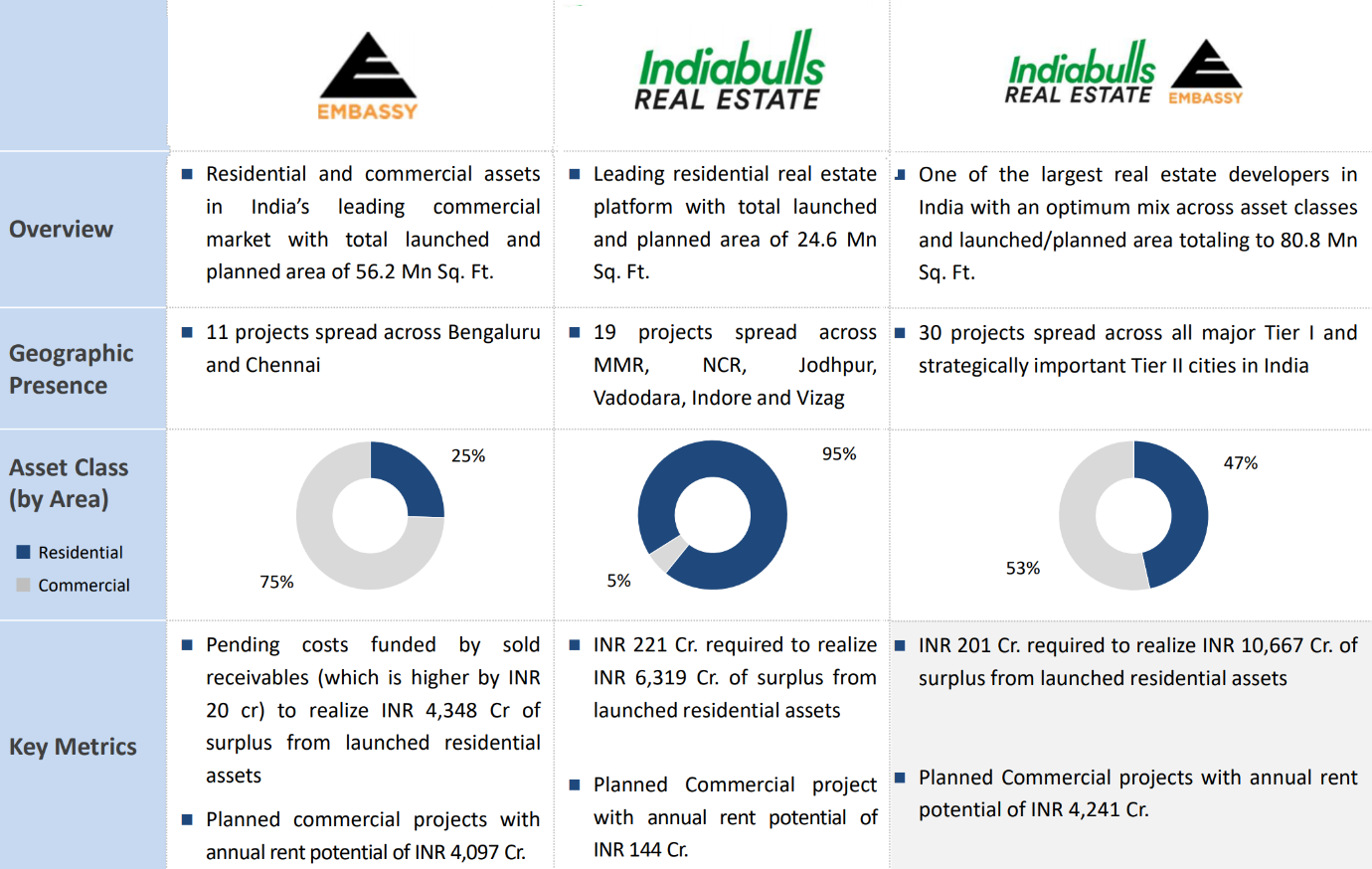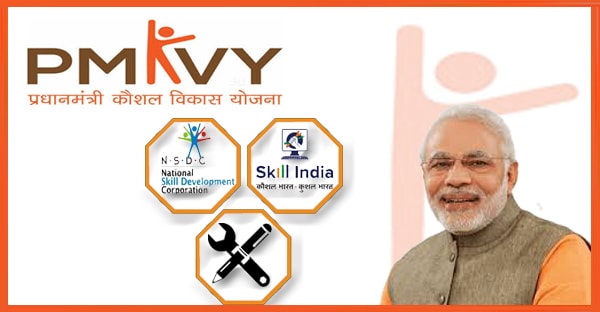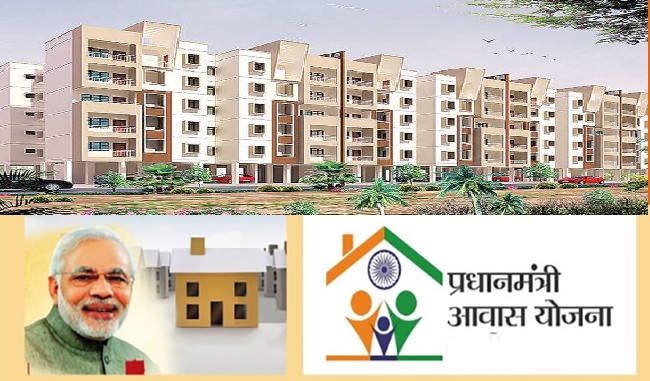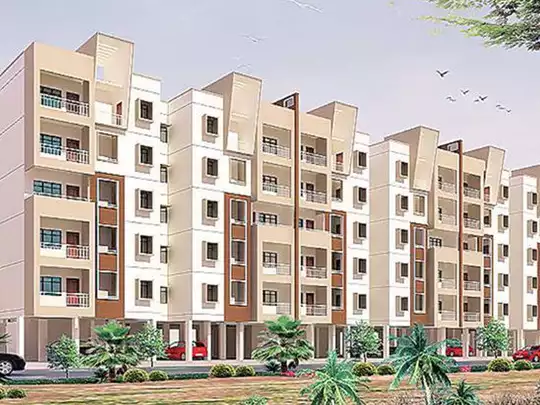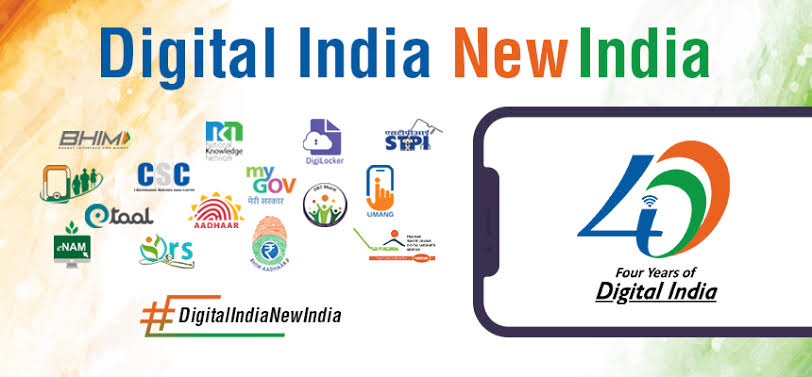Unveiling the Dynamics of India Bulls Real Estate Share Price: A Comprehensive Analysis
Introduction:
India Bulls Real Estate Limited, a prominent player in the Indian real estate sector, has been a subject of keen interest among investors and analysts alike. With its diversified portfolio of residential, commercial, and retail properties, the company has carved a niche for itself in the highly competitive real estate market. In this blog post, we delve deep into the dynamics that influence India Bulls Real Estate share price, exploring various factors ranging from market trends to financial performance.
Understanding India Bulls Real Estate:

India Bulls Real Estate Limited, part of the India Bulls Group, has emerged as one of the leading real estate developers in India. Established in 2000, the company has established a strong presence across key cities such as Mumbai, Delhi NCR, Chennai, and Bangalore, among others. Its diverse portfolio includes high-end residential projects, commercial complexes, SEZs, and integrated townships, catering to the varying needs of customers.
Factors Influencing India Bulls Real Estate Share Price:
1. Market Sentiment:

Market sentiment refers to how investors feel about the stock market and specific companies. Just like how people’s moods can affect their decisions, investor sentiment can impact stock prices. If investors are optimistic about the economy and the company’s future, the stock price may go up. Conversely, if there’s uncertainty or pessimism, the stock price may drop.
2. Real Estate Market Trends:
This point is about how the real estate market is doing overall. When more people are buying homes or renting office spaces, it’s considered a positive trend. Government policies and big projects like new highways or airports can also influence this. If the real estate market is booming, India Bulls Real Estate’s stock price will likely go up too.
3. Financial Performance:
This is about how well India Bulls Real Estate is doing financially. Just like how you might check your bank account to see if you have enough money, investors look at things like how much money the company is making, if it’s profitable, and how much debt it has. If the company is making good money and not drowning in debt, investors will likely be more interested in buying its stock, which can drive up the stock price.
4. Regulatory Environment:
This is about the rules and regulations that the government sets for the real estate industry. For example, if the government makes it easier for companies to get permission to build new buildings, it could be good for India Bulls Real Estate. But if the government introduces new taxes or strict rules, it could make things harder for the company, which might affect its stock price.
5. Competitive Landscape:
Think of this like a sports game where different teams (or companies) are competing against each other. In the real estate industry, India Bulls Real Estate has other companies it’s competing with. Factors like how much customers like their properties, how much they charge, and how well-known they are can affect their ability to attract investors. If India Bulls Real Estate is seen as doing better than its competitors, it could mean good things for its stock price.
These are the main factors that can influence India Bulls Real Estate’s stock price. Understanding them can help investors make informed decisions about buying or selling the company’s stock.

Recent Performance and Outlook:
In recent times, India Bulls Real Estate has faced both ups and downs. Sometimes the company has done really well, and other times it has struggled. This can be because of many reasons like changes in the economy, new rules from the government, or how well they’re doing compared to other real estate companies. Looking ahead, it’s important to keep an eye on how the company is adapting to these challenges and what plans they have for the future. This can give investors an idea of whether the company’s stock price is likely to go up or down in the future.
Conclusion:
Understanding why India Bulls Real Estate’s share price goes up and down isn’t always easy, but it’s important for investors who want to make smart decisions. By keeping an eye on things like market sentiment, real estate trends, financial performance, regulations, and competition, investors can better understand what’s driving the company’s stock price and make informed choices about buying or selling shares. While there are no guarantees in the stock market, having a good grasp of these factors can help investors navigate the ups and downs of India Bulls Real Estate’s share price with confidence.

Unique FAQs
What is Rajiv Awas Yojana?
Answer: Rajiv Awas Yojana (RAY) was a government scheme initiated in India with the primary objective of providing housing for the urban poor. Launched in 2009 by the Ministry of Housing and Urban Poverty Alleviation, RAY aimed to create a slum-free India by providing affordable housing options and basic amenities to slum dwellers and low-income households in urban areas.
2. What is the Agnipath Scheme?
Answer: The AgniPath Scheme, also known as the AgniPath Initiative, is a government program aimed at enhancing the capabilities and preparedness of the Indian armed forces, particularly in the realm of strategic defense and military modernization. The term “AgniPath” translates to “Path of Fire” in English, symbolizing the determination and resolve of the armed forces to protect the nation’s security interests and uphold its sovereignty.
3. What is Digital India?
Answer: Digital India is a transformative initiative launched by the Government of India with the vision of leveraging digital technologies to empower citizens, promote inclusive growth, and foster socio-economic development across the country. Introduced in 2015 by Prime Minister Narendra Modi, the Digital India program seeks to harness the power of digital technology to bridge the digital divide, enhance access to digital services, and transform India into a digitally empowered society and knowledge economy.
4.What is Kaushal Vikas Yojana?
Answer: Kaushal Vikas Yojana, also known as the Skill Development Scheme, is a flagship initiative by the Government of India aimed at enhancing the employability of youth across the country. Launched under the Ministry of Skill Development and Entrepreneurship, the scheme focuses on providing skill training to individuals from various socio-economic backgrounds. Its primary goal is to equip them with industry-relevant skills that are in demand in the job market, thereby improving their chances of securing gainful employment or becoming self-employed.
